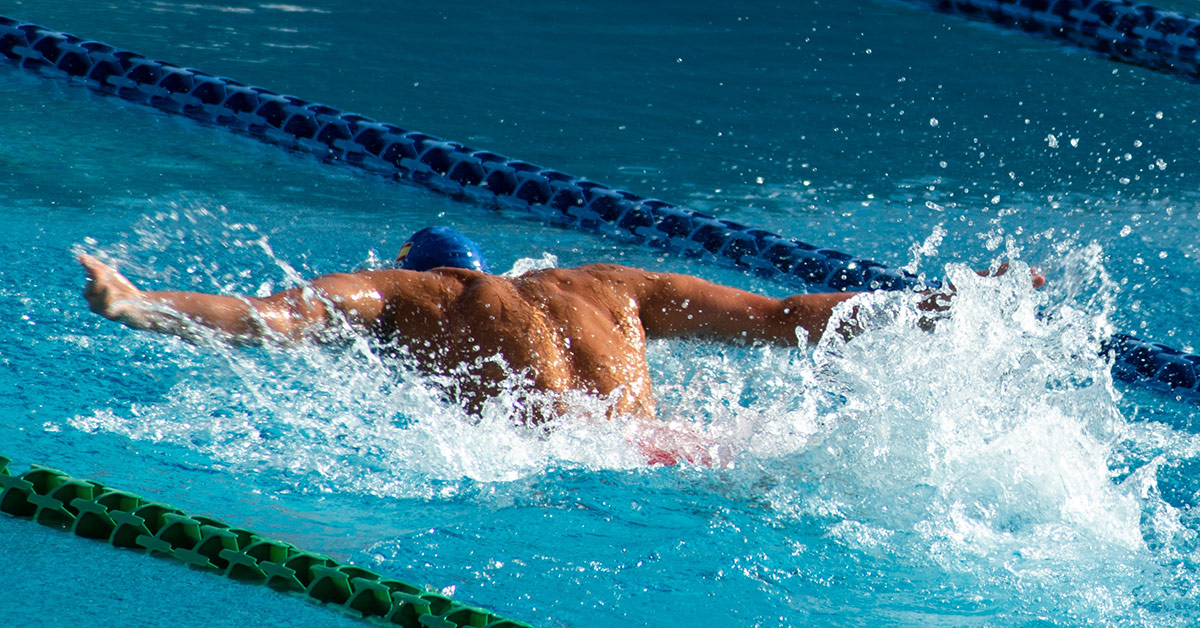
Mental Strategies to Improve Sporting Performance
Many assume that mental strategies for sports are only for the pros, the elite athletes, the best of the best. And yes, while Roger Federer, Lebron James or Rory Mcllroy most likely do use mental techniques to ensure they produce world class performances, you don’t have to be sponsored by Nike or Adidas to try out a mental strategy or two. Besides, what have you got to lose?
Today we’ll look at a couple of different sporting mental strategies out there, and you may find that one appeals more than the other. Go with whatever works best for you, and if neither work, well, you’re a lost cause…. only kidding, a quick google for other mental strategies should do the trick.
The Growth Mindset
To put it simply, the growth mindset is the opposite of the fixed mindset.
‘What is all this mindset malarkey?’ we hear you cry… In the fixed mindset school of thought, skills and abilities are set and unchangeable (i.e. relying on raw natural talent). In contrast, the growth mindset adopts the stance that through learning and practice, improvements can be made. Simple enough, right?
Unsurprisingly, to improve your performance you have to know where you’re starting from so that after a training plan or an event, you can look back to see if you have indeed made any progress or not. You could be starting from how long it takes you to run five kilometres, or how you feel while running five kilometres. It doesn’t necessarily have to be stat based.
Next up is to create a roadmap; identify specifically what it is you want to improve. Set goals that are relative to you and your fitness level. So, continuing with this example it could be improving your time running five kilometres, or simply improving how you feel over the five kilometres. Create your own personal goal and timeline, and make a training plan or book into an event.
Reflection; it’s the final and most crucial stage of the growth mindset. If it’s a time you sought to improve, then that’s cold hard numbers, you can’t cheat that. If it’s a feeling you wanted to change and improve then that’s more subjective, but the old cliché of ‘you’re only cheating yourself’ is all too apt. To help with this, try writing a few words in a journal after each run to keep track of how you felt. Generally speaking, if you’ve gone from wanting to throw up / collapse while running five kilometres, to running five kilometres with a smile on your face (maybe a bit too far?), then that’s progress.
Either way, reflection upon your goal is crucial, and from there you can set new goals and adapt your training / events accordingly to progress further. But remember, a fixed mindset says ‘I can’t run five kilometres in under 25 minutes’. A growth mindset says; ‘I can’t run five kilometres in under 25 minutes, yet’. Deep.

Follow the Process
Ah yes, follow the process. The beloved process. But what actually is the process?
Essentially, the ‘follow the process’ strategy, revolves around splitting up large / potentially overwhelming tasks, into small, bite-sized chunks. Let’s say you’re looking to run a marathon, or complete an Iron Man… you’ve booked into an event that’s 6 months away, you have hours and hours of training to do, even more hours of meal prep to do, and a whole host of distractions dictated by the immovable, unstoppable force that is life.
Yes, you would be forgiven for hitting the panic button. But hold on for a second, in the chaos of training, as in life, the process can ignite the way. Don’t focus on the end goal, those gruelling 26 miles, that 12-hour-long triathlon. Break things down into achievable, tick-off-able (sure, that’s a word) pieces. Monday’s training session, tick that off and then move onto the next thing. It’s the small tasks that are crucial; finish that meal prep, finish that run / swim / ride, and move on.
Tick off your training plan day by day, tick off your pre-event prep. You can even break the event itself into smaller chunks; 5 miles at a time, or the three different chunks of the Iron Man perhaps. If you can move through things like that, getting it right one part at a time then you’re following the process, and this way, even the mammoth tasks out there can become just a series of parts.
So, the growth mindset and the ‘follow the process’. Two very simple mental strategies that can help to improve sporting performance. Try one out, try the other, even try both together, they’re not mutually exclusive. Whatever works best for you. But remember, even if you’re seeking a PB in a park run, mental strategies can help you get there.
Swimming photo by Serena Repice Lentini on Unsplash
You might also be interested…
No Results Found
The page you requested could not be found. Try refining your search, or use the navigation above to locate the post.
